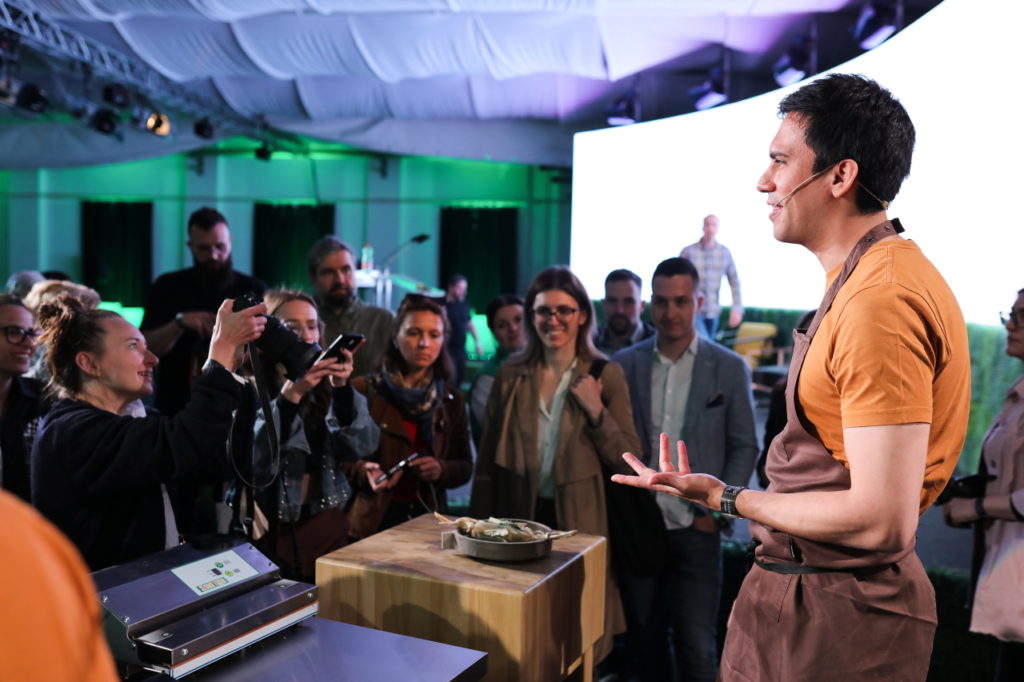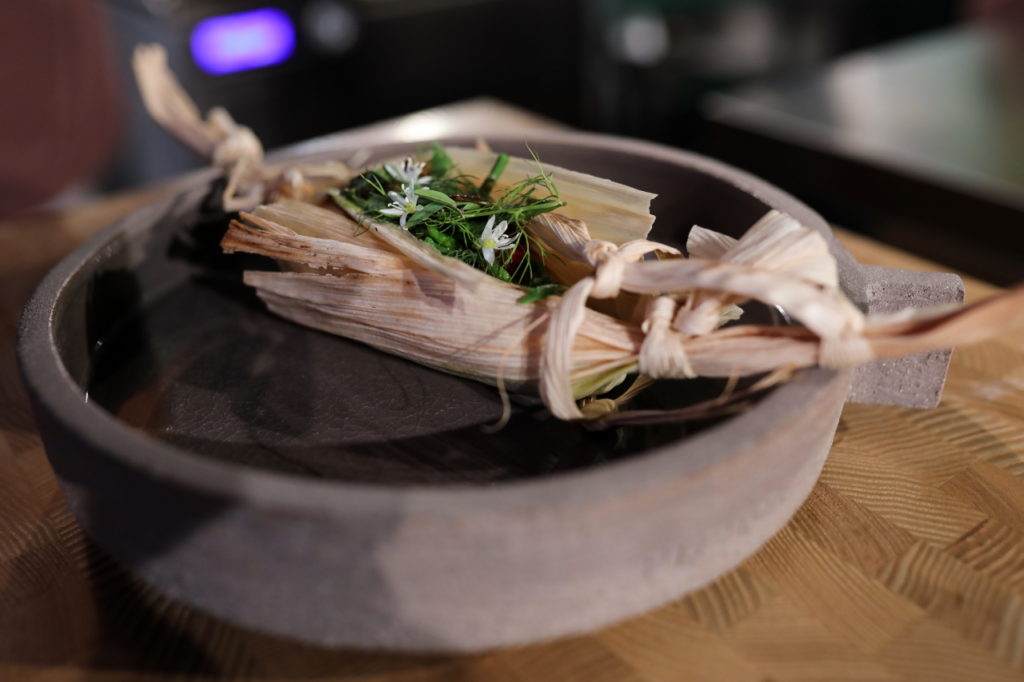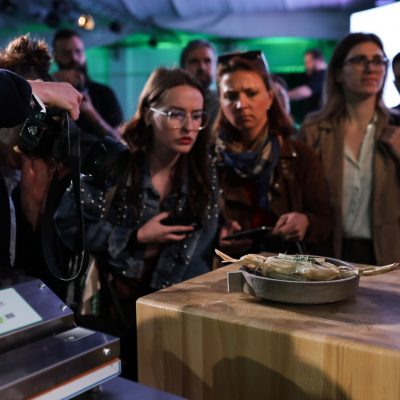Translations of words and sentences from one language to another have existed for as long as humans have had the ability to speak. But what happens when we try to translate taste? The answer to this question was offered by the Mexican chef Santiago Lastra on the panel “Translating flavors”. According to him, his culinary journey began by cooking a sauce whose recipe he found on the back of a box of crackers. From that moment on, the world’s best chef in 2021 (GQ Food & Drink Awards) traveled the world in search of new flavors and culinary experiences, before finally settling in London at the Kol restaurant. “I chose London because of its multiculturalism. I spent a year researching, traveling, talking to ranchers, fishermen, farmers and members of the local community. It took me three years to build and open a restaurant, and we ended up opening just a few months before the COVID-19 pandemic. Fortunately, we managed to withstand all the challenges and we are still open,” said Lastra.

Many world cuisines are inextricably linked to indigenous ingredients. The international cuisine we have the opportunity to taste no matter where we are is often actually fusion, as traditional recipes are adapted to the global context. “Instead of a fusion approach, I wanted to combine Mexican cuisine with ingredients that are indigenous to the UK. My goal is to share Mexico’s tradition and biodiversity with the local population through foods that are well known to them. In developing the concept of the food we serve in Kol, I was guided by the question: what would happen if the United Kingdom was an island in Mexico,” he said.
In order to successfully convey the tastes and experience of Mexican food using ingredients from the United Kingdom, Lastra embarked on an adventure of culinary “translation”. Together with the team from the Kol restaurant, he developed the concept of translating texture, smell, taste and all those qualities that make a certain food the way it is, in order to replicate it as faithfully as possible using alternative ingredients. Pineapple was replaced with pickled fennel, and citrus with rhubarb and pine needles. This strange concept, at first glance, proved to be successful and he now applies it to all ingredients that make up the wide range of dishes he serves in his restaurant. In addition to an interesting and unique concept, this approach to cooking and “translating” ingredients also promotes the principles on which Lastra’s cooking style is based—local, indigenous and natural. Such tendencies, in addition to interesting flavors, also encourages sustainability, which is one of the main concepts of the modern restaurant scene.

At the end of the panel, the large audience had the opportunity to taste some of the “translated” dishes presented by the sous chef of the Kol restaurant. And judging by the crowds and smiling faces, there is no doubt that Santiago Lastra really succeeded in his gastronomic translation.



